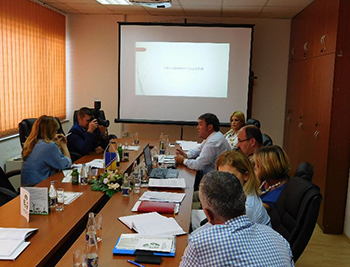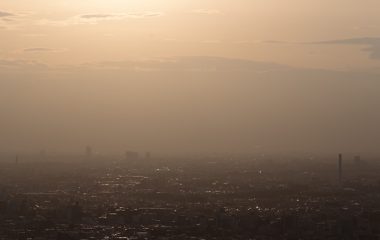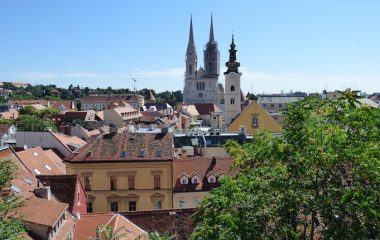
Published
September 5, 2016
Country
Author
Share
Published:
September 5, 2016
Country:
Author
Share
Operator za OIEiEK, authority for renewable energy sources and efficient cogeneration, said last week it aims to participate in projects with non-governmental organisations and foreign partners such as the Deutsche Gesellschaft für Internationale Zusammenarbeit GmbH (GIZ), United States Agency for International Development (USAID) and the United Nations Development Programme (UNDP) in raising public awareness about the benefits of renewables.
Bosnia and Herzegovina is obligated, as a member of the Energy Community, to reach a 40% share of green energy in gross final consumption by 2020. The quota for the Federation of BiH, is 41%. Operator za OIEiEK, which is responsible for the entity, the slightly larger one of the two which comprise the country, said it intends to contribute to strategic priorities from its action plan for the sector.
The operator’s field of work consists of activities in the area of energy efficiency, mitigation of the impact of fossil fuel usage on the environment, decreasing dependence on energy imports. It also concerns the creation of jobs and energy entrepreneurship as well as diversity in the production of energy from five primary sources: solar, hydro, wind, biomass and cogeneration facilities.
All strategic goals are new and are expected to stimulate electrical energy production from green energy, as it is an obligation of the Federation of BiH stipulated by the part of the European Union’s Third Energy Package concerning renewables, the institution’s head Hajrudin Bećirović said at the presentation of the activities of the Operator za OIEIEK to reporters.
The nonprofit institution founded by the entity government in Sarajevo had revenues of BAM 6.07 million (EUR 3.1 million) last year, while income came in at EUR 1.22 million. It has power purchase agreements (PPAs) with 152 production units in the Federation of BiH, generating energy from renewable sources with an overall capacity of 54.9 MW, where little over four fifths is in hydropower plants and the remainder in solar facilities.








